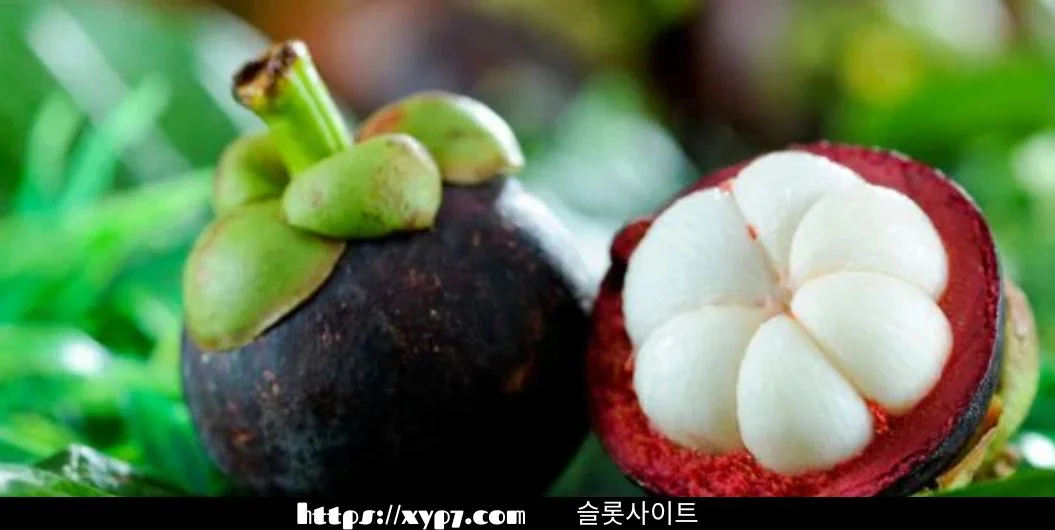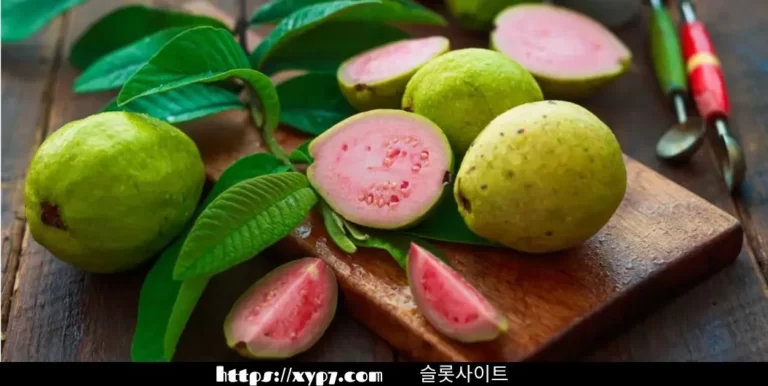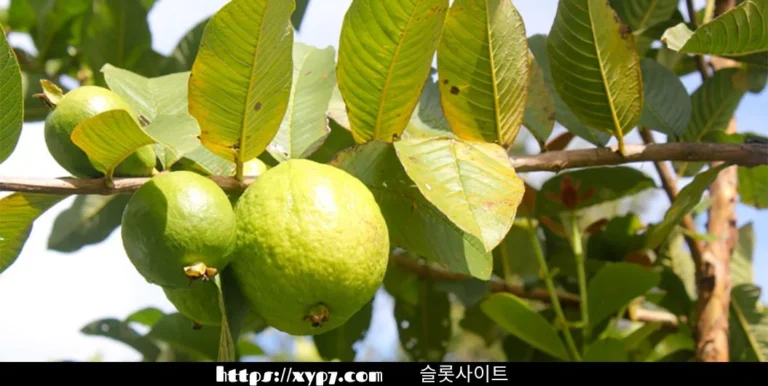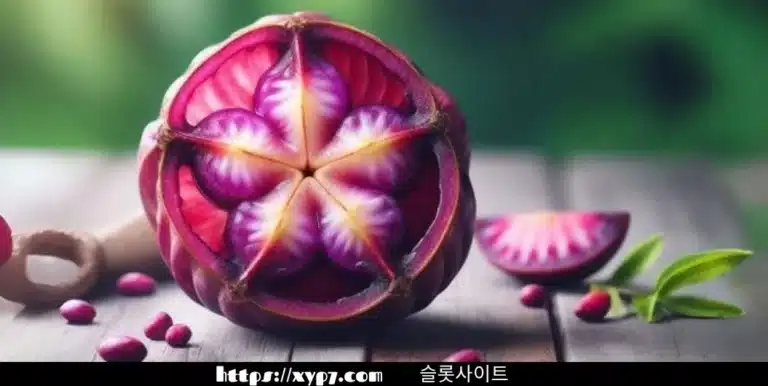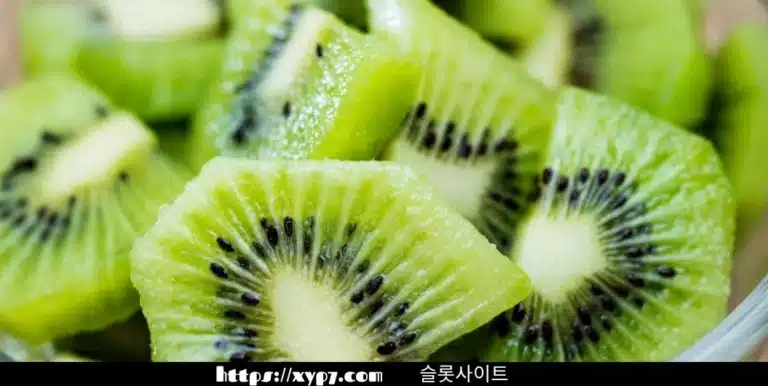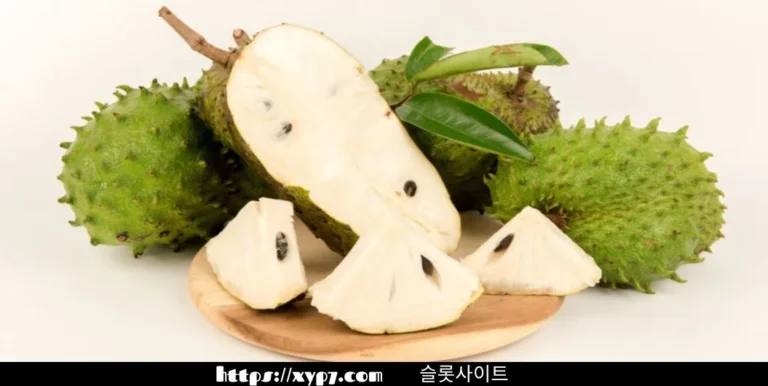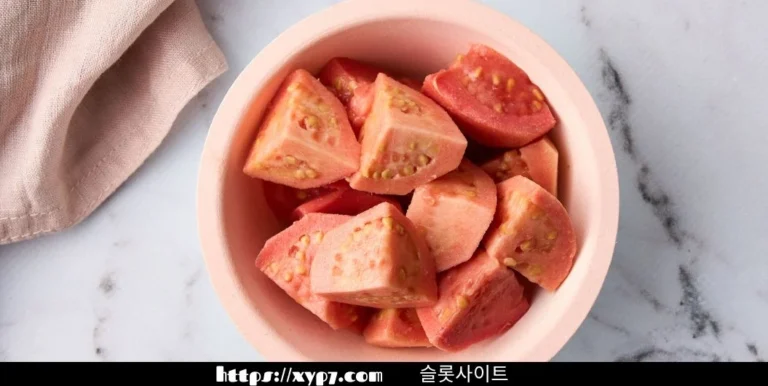10 Rare Fruits That Amaze
Certain fruits are prized worldwide for their rarity, unique flavors, and limited availability. From remote rainforests to isolated islands, here are 10 rare fruits that capture the imagination:
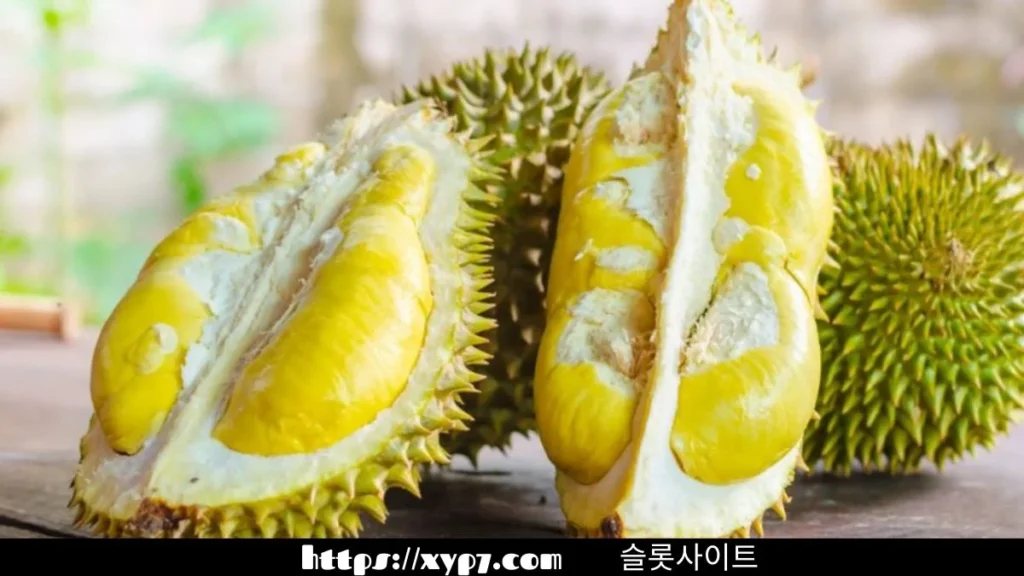
1. Durian (Durio spp.) – Southeast Asia
People revere durian, known as the “King of Fruits,” for its distinctive odor and creamy texture. Native to Southeast Asia, particularly Malaysia and Thailand, durian’s spiky exterior hides a custard-like flesh with a strong aroma that divides opinions but delights many adventurous eaters.
2. Mangosteen (Garcinia mangostana) – Southeast Asia
People prize mangosteen, often called the “Queen of Fruits,” for its sweet also tangy flavor. Native to Southeast Asia, especially Thailand, Indonesia, and the Philippines, this tropical fruit has a thick purple rind encasing juicy, segmented flesh, celebrated for its 카지노사이트 refreshing taste.
3. Ackee (Blighia sapida) – Jamaica
Once ripe, its red pods open to reveal glossy black seeds and yellow flesh. Ackee is a staple in Jamaican cuisine, often paired with saltfish for a savory dish.
4. Miracle Fruit (Synsepalum dulcificum) – West Africa
Its pulp coats the tongue and alters sour foods to taste sweet when eaten. This effect has led to its use in culinary experiments also taste-altering parties.
5. Rambutan (Nephelium lappaceum) – Southeast Asia
With its hairy red or yellow skin, rambutan resembles a sea urchin from the outside. Originating in Southeast Asia, particularly Indonesia and Malaysia, rambutan’s juicy, translucent flesh has a sweet flavor similar to lychee. It grows in clusters on tropical trees.
6. Cherimoya (Annona cherimola) – Andean Valleys
Cherimoya, native to the Andean valleys of South America, is often referred to as “custard apple” due to its creamy texture and sweet flavor reminiscent of banana and pineapple. It has a green, scaly skin that gives way to soft, white flesh dotted with black seeds.
7. Akebia (Akebia quinata) – East Asia
Akebia, also known as chocolate vine or five-leaf akebia, is a rare fruit native to East Asia, including Japan, China, and Korea. Its unique fruits resemble elongated pods filled with edible translucent pulp that tastes mildly 온라인카지노 sweet.
8. Jabuticaba (Plinia cauliflora) – Brazil
Native to Brazil, jabuticaba is a rare fruit that grows directly on the trunk of its tree. Its dark purple, grape-like fruits have a sweet flavor with a hint of tartness. Jabuticaba is prized for making jams, wines, and liqueurs, also its tree is known for its unique fruiting habit.
9. Salak (Salacca zalacca) – Southeast Asia
Also known as snake fruit due to its reddish-brown scaly skin, salak is native to Indonesia and Malaysia. Inside, it reveals segments of white, crunchy flesh with a sweet and sour flavor reminiscent of pineapple also apple. Salak is enjoyed fresh or preserved in syrup.
10. Hala Fruit (Pandanus tectorius) – Pacific Islands
Hala fruit, also known as pandanus fruit, is native to the Pacific Islands, including Hawaii and Tahiti. It grows on pandanus trees, and its segmented fruits have a fibrous texture with a mild, sweet flavor. Hala fruit is used in traditional Polynesian cuisine also as a source of fiber.
Conclusion
Exploring these 10 rare fruits reveals the diversity and uniqueness of nature’s bounty across different regions of the world. From the pungent durian of Southeast Asia to the intriguing miracle fruit of West Africa, each fruit offers a glimpse into cultural traditions, culinary delights, also the ecological richness of their habitats. Their rarity underscores their value as exotic treasures worth savoring also preserving for future 바카라사이트 generations.

